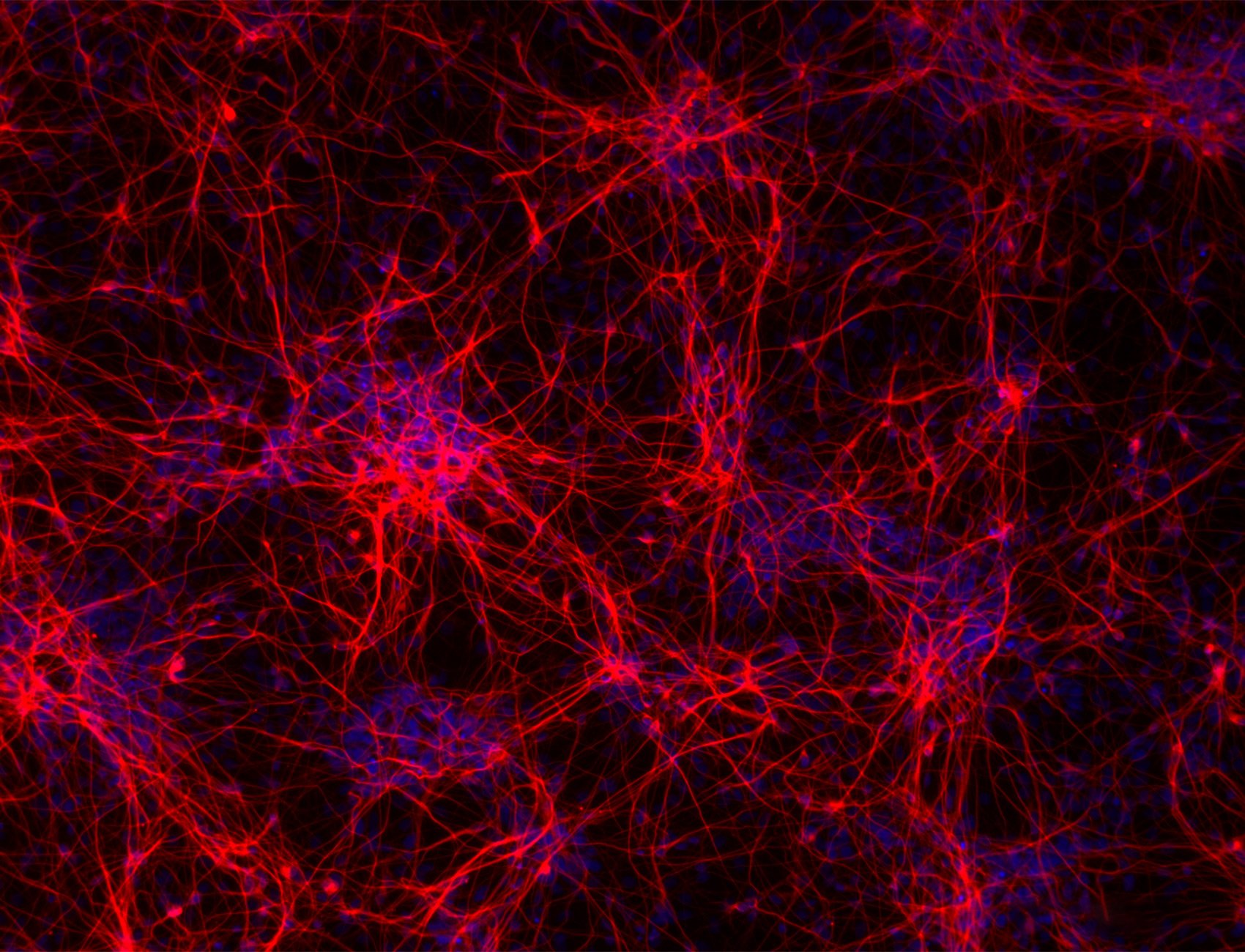Publication
3D bioprinting of iPSC neuron-astrocyte coculture
A protocol to develop physiologically relevant, 3D bioprinted coculture models of human iPSC-derived glutamatergic neurons and astrocytes, scalable for use in medium-to-high throughput drug screening assays.
Read more

A protocol to develop physiologically relevant, 3D bioprinted coculture models of human iPSC-derived glutamatergic neurons and astrocytes, scalable for use in medium-to-high throughput drug screening assays.
3D bioprinting is a novel technology that can be applied to the development of 3D models to expedite development time, increase standardisation, and increase throughput. This publication presents a protocol to develop 3D bioprinted coculture models of human iPSC-derived glutamatergic neurons and astrocytes. These 3D bioprinted cell populations show expression of mature neural cell type markers and growth of neurite and astrocyte projections within 7 days of culture. As a result, this model is suitable for analysis using cell dyes and immunostaining techniques alongside neurite outgrowth assays. The ability to produce these physiologically representative models at scale makes them ideal for use in medium-to-high throughput screening assays for neuroscience targets.
Read more
Whitehouse et al.
JoVE Journal of Visualized Experiments
2023
Using ioGlutamatergic Neurons